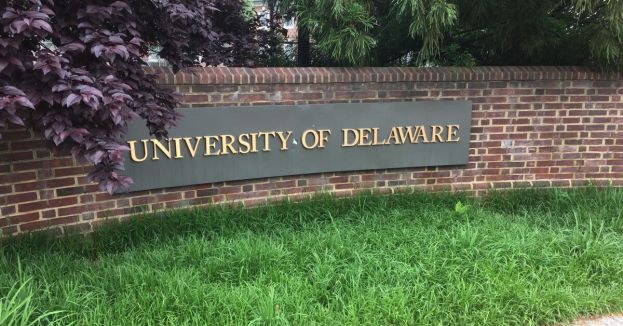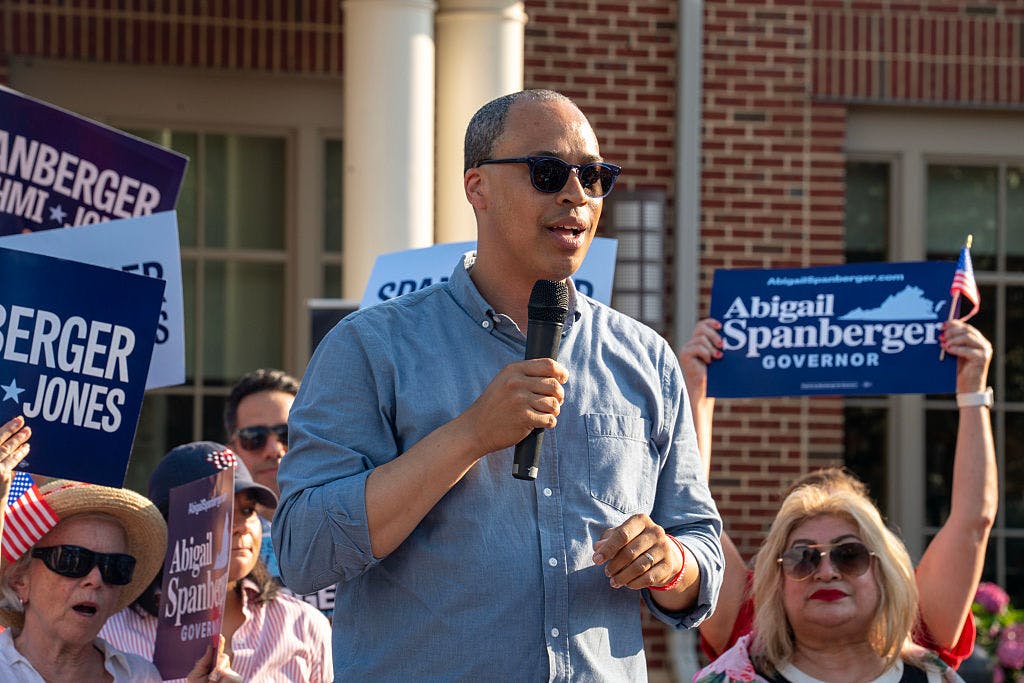
www.dailywire.com
Dem Senate Candidate Accuses Israel Of Invading Gaza In Oct 7 Fundraising Email
In a fundraising email sent on the anniversary of Hamas’ October 7, 2023, attack on Israel, Michigan Democratic Senate candidate Abdul El-Sayed made no mention of the terror group’s atrocities and blamed Israel for launching “a ground invasion of Gaza.”
The email — posted by POLITICO’s Congressional reporter, Nicholas Wu — was sent on Tuesday as Israel and the United States remembered the 1,200 lives lost when Hamas terrorists crossed the Israeli border and killed men, women, and children. The email sent out by El-Sayed’s campaign began, “Two years ago this month, Netanyahu’s military launched a ground invasion of Gaza. Since then, the world has watched tragedy unfold in real time.”
The email then went on to condemn Israel’s military strikes in Gaza and accused the pro-Israel lobbying group, AIPAC, of influencing politicians to “add fuel to the fire.” El-Sayed also accused AIPAC of “meddling with our race here in Michigan” because he “is one of AIPAC’s top targets to defeat.”
Abdul El-Sayed sends out a fundraising email: “Two years ago this month, Netanyahu’s military launched a ground invasion of Gaza.
Since then, the world has watched tragedy unfold in real time….” pic.twitter.com/3fICTzXnpe
— Nicholas Wu (@nicholaswu12) October 7, 2025
El-Sayed’s campaign told POLITICO that the email was sent on Tuesday by mistake.
“Abdul has been clear and consistent: he holds equally valuable the lives of all innocent people and condemns violence against them,” a spokeswoman for the Democratic candidate said.
El-Sayed also released a statement on the 2nd anniversary of Hamas’ assault on Israel where he condemned Hamas for the “heinous attack,” but then accused Israel of committing “genocide.”
Get 40% off new DailyWire+ annual memberships with code FALL40 at checkout
El-Sayed is a doctor and former health director who’s running to replace outgoing Michigan Democratic Senator Gary Peters. The Michigan doctor came in second place behind Governor Gretchen Whitmer in the 2018 Democratic gubernatorial primary. El-Sayed has been endorsed by Democratic socialist Bernie Sanders (I-VT) and California Democratic Congressman Ro Khanna.
Earlier this year, El-Sayed spoke at an event alongside Hamas sympathizers, including one activist who expressed “euphoria” over the terror group’s October 7, 2023, attack, The Washington Free Beacon reported.
El-Sayed is running against Democratic Michigan state Senator Mallory McMorrow and Democratic U.S. Congresswoman Haley Stevens. McMorrow has recently taken a more anti-Israel stance on the war in Gaza, while Stevens has voiced pro-Israel views in the past and has been backed by AIPAC.
Democrats have maintained control of both Michigan U.S. Senate seats since 2001. Republican Mike Rogers, who lost to Sen. Elissa Slotkin in the 2024 election, is running for Senate again and appears to be the GOP’s best chance at winning the seat in 2026.












